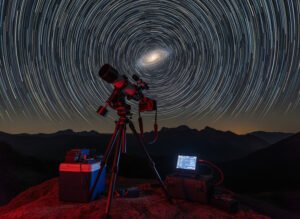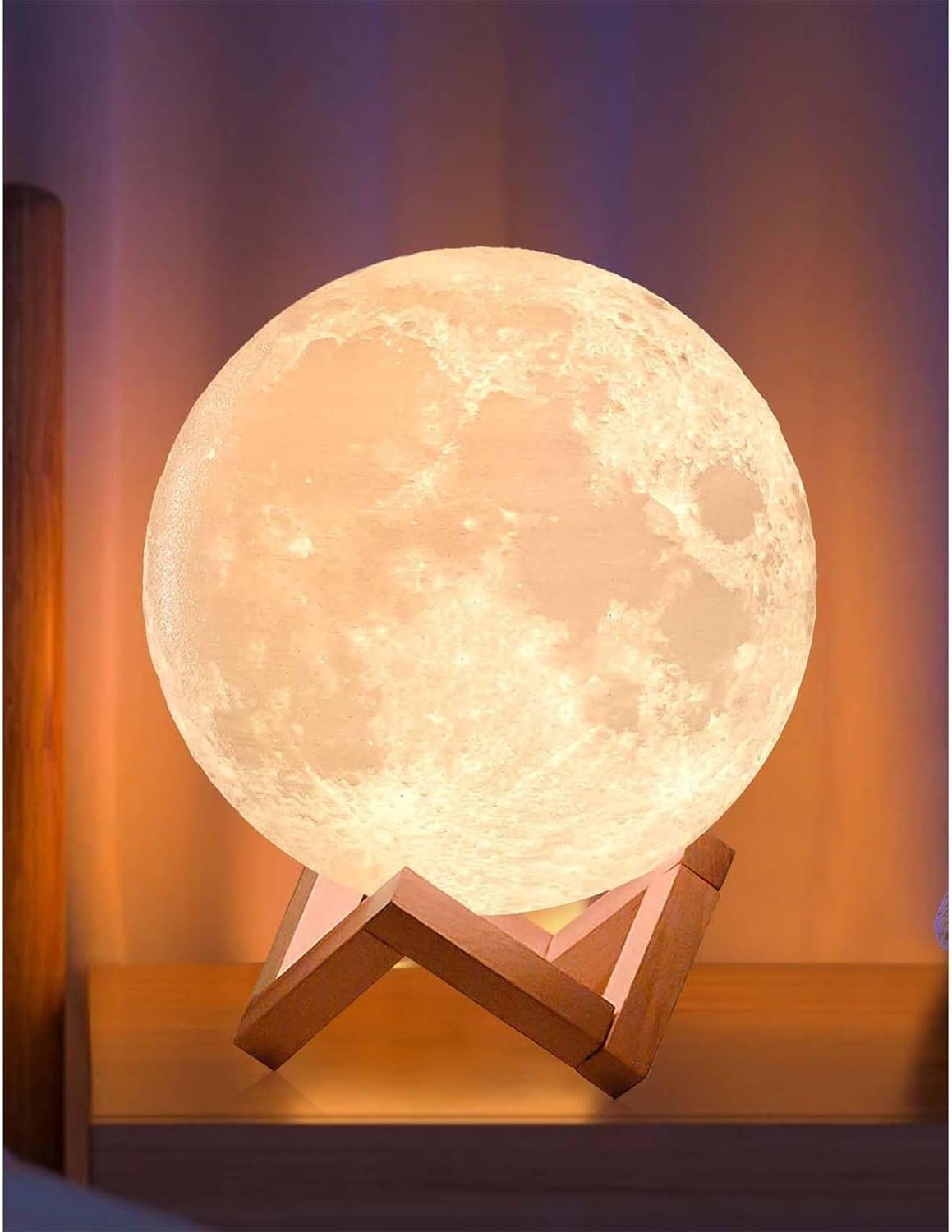Oxygen is a vital element for life as we know it, and its importance in space exploration cannot be overstated. In this article, we will delve into the origins of oxygen in the universe, the challenges of measuring oxygen in space, the role of oxygen in supporting life, the possibility of finding oxygen on other planets, the impact of space travel on oxygen levels, the potential for oxygen production in space, the connection between oxygen and the Earth’s atmosphere, the future of oxygen research in space, and the implications of discovering oxygen in space.
Key Takeaways
- Oxygen is crucial for space exploration and supporting life in space.
- Oxygen is one of the most abundant elements in the universe, created through various processes.
- Measuring oxygen in space is challenging due to its reactivity and the limitations of current technology.
- Oxygen plays a vital role in supporting life in space, from breathing to fuel production.
- The discovery of oxygen on other planets could have significant implications for the search for extraterrestrial life.
The Origins of Oxygen in the Universe
Oxygen is primarily formed in stars through a process called stellar nucleosynthesis. In the core of massive stars, hydrogen atoms fuse together to form helium through nuclear reactions. As the star evolves and runs out of hydrogen fuel, it begins to burn helium and produce heavier elements like carbon and oxygen. When these massive stars eventually explode in supernovae, they release these elements into space, enriching the surrounding interstellar medium with oxygen.
Oxygen is one of the most abundant elements in the universe. It is estimated that about 1% of all atoms in the universe are oxygen atoms. This abundance is due to the fact that oxygen is formed in large quantities during stellar nucleosynthesis and is then dispersed throughout space by supernovae explosions. The presence of oxygen in space is crucial for the formation of planets and the potential for life to exist.
The Challenges of Measuring Oxygen in Space
Measuring oxygen levels in space presents several challenges. One of the main difficulties is that oxygen does not emit strong spectral lines that can be easily detected from a distance. This makes it challenging to directly measure the abundance of oxygen in distant objects such as galaxies or nebulae. Instead, scientists rely on indirect methods such as measuring other elements that are known to be correlated with oxygen abundance.
To measure oxygen levels in space, astronomers use a variety of tools and methods. One common method is spectroscopy, which involves analyzing the light emitted or absorbed by a celestial object. By studying the specific wavelengths of light, scientists can determine the presence and abundance of different elements, including oxygen. Another method is to study the chemical composition of meteorites or lunar samples, which can provide insights into the oxygen content of the early solar system.
The Role of Oxygen in Supporting Life in Space
Oxygen is essential for human life, as it is needed for cellular respiration, the process by which cells convert oxygen into energy. Without oxygen, humans cannot survive for more than a few minutes. In space exploration, providing astronauts with a sufficient supply of oxygen is crucial for their survival during missions.
In addition to supporting human life, oxygen also plays a vital role in supporting other forms of life in space. Many microorganisms and plants rely on oxygen for their metabolic processes. Oxygen is also important for maintaining the balance of gases in an enclosed environment such as a spacecraft or space station. Without adequate oxygen levels, the atmosphere can become toxic and pose a threat to the health and well-being of astronauts.
The Possibility of Oxygen on Other Planets
The search for oxygen on other planets is an ongoing area of research in astrobiology. Scientists are particularly interested in finding evidence of oxygen on exoplanets, which are planets that orbit stars outside our solar system. The presence of oxygen on an exoplanet could be an indicator of biological activity, as it is produced by photosynthetic organisms on Earth.
One method used to search for oxygen on other planets is through spectroscopy. By analyzing the light reflected or emitted by an exoplanet, scientists can look for specific signatures that indicate the presence of oxygen in its atmosphere. Another approach is to study the composition of exoplanet atmospheres using transit spectroscopy, which involves observing the slight dimming of a star’s light as an exoplanet passes in front of it.
The discovery of oxygen on other planets would have significant implications for our understanding of the potential for life beyond Earth. It would suggest that the conditions necessary for life, at least as we know it, may exist elsewhere in the universe. It would also raise questions about the origin and evolution of oxygen-producing organisms on other planets.
The Impact of Space Travel on Oxygen Levels

Space travel can have a significant impact on oxygen levels. During space missions, astronauts are confined to a closed environment such as a spacecraft or space station. This means that the oxygen supply must be carefully managed to ensure that there is enough for the duration of the mission.
One challenge is that oxygen is consumed by both humans and machines. Astronauts require a constant supply of oxygen for breathing, while equipment such as life support systems and fuel cells also consume oxygen. To maintain adequate oxygen levels, spacecraft are equipped with systems that generate and recycle oxygen. These systems can produce oxygen through processes such as electrolysis or chemical reactions.
The Potential for Oxygen Production in Space
The possibility of producing oxygen in space has long been a topic of interest for scientists and engineers. If humans are to establish long-term settlements on other planets or moons, a sustainable source of oxygen will be essential. Producing oxygen in space would also reduce the need to transport large amounts of oxygen from Earth, which is costly and logistically challenging.
Several methods and technologies have been proposed for oxygen production in space. One approach is to extract oxygen from resources available on other celestial bodies, such as the lunar regolith or Martian soil. This could be done through processes such as heating or chemical reactions. Another method is to use plants or algae to produce oxygen through photosynthesis, similar to how it occurs on Earth.
The Connection Between Oxygen and the Atmosphere
Oxygen is a key component of Earth’s atmosphere, making up about 21% of its composition. The presence of oxygen in the atmosphere is crucial for supporting life on Earth, as it allows for the respiration of aerobic organisms. It also plays a role in the ozone layer, which protects the planet from harmful ultraviolet radiation.
Human activities have had a significant impact on oxygen levels in the atmosphere. The burning of fossil fuels and deforestation have led to an increase in carbon dioxide levels, which in turn affects the balance of gases in the atmosphere. This can have detrimental effects on oxygen levels and contribute to climate change.
The Future of Oxygen in Space Research
Research on oxygen in space is an active and evolving field. Scientists and engineers are continually developing new tools and methods to better understand the role of oxygen in the universe and its potential for supporting life. Ongoing missions, such as the James Webb Space Telescope and future Mars missions, will provide valuable data on oxygen levels in space and help advance our knowledge in this area.
In addition to space exploration, research on oxygen has important implications for other fields such as astrobiology and planetary science. Understanding the conditions necessary for the formation and maintenance of oxygen-rich environments can provide insights into the potential habitability of other planets and moons.
The Implications of Oxygen Discovery in Space
The discovery of oxygen in space would have profound implications for space exploration and our understanding of the universe. It would provide evidence that the conditions necessary for life exist beyond Earth and could potentially lead to the discovery of extraterrestrial life. It would also shed light on the processes that govern the formation and evolution of planets and stars.
Furthermore, the discovery of oxygen-rich environments could open up new possibilities for human colonization of other celestial bodies. If humans can find or produce sufficient amounts of oxygen in space, it would greatly reduce the logistical challenges associated with long-duration space missions and pave the way for the establishment of sustainable settlements on other planets or moons.
Oxygen is a fundamental element for life and plays a crucial role in space exploration. From its origins in stars to its potential presence on other planets, oxygen research in space has the potential to revolutionize our understanding of the universe and our place in it. As we continue to explore and study the cosmos, the importance of oxygen cannot be overstated. It is a key ingredient for life as we know it and holds the key to unlocking the mysteries of the universe.
If you’re curious about the mysteries of space, you might be interested in exploring Jupiter through a telescope. The Universe Episodes offers a fascinating article that delves into the wonders of this gas giant and provides stunning visuals of its mesmerizing features. Discover the secrets hidden within Jupiter’s swirling clouds and learn more about its composition and atmosphere. To read more about this captivating topic, check out this article on The Universe Episodes website.
























